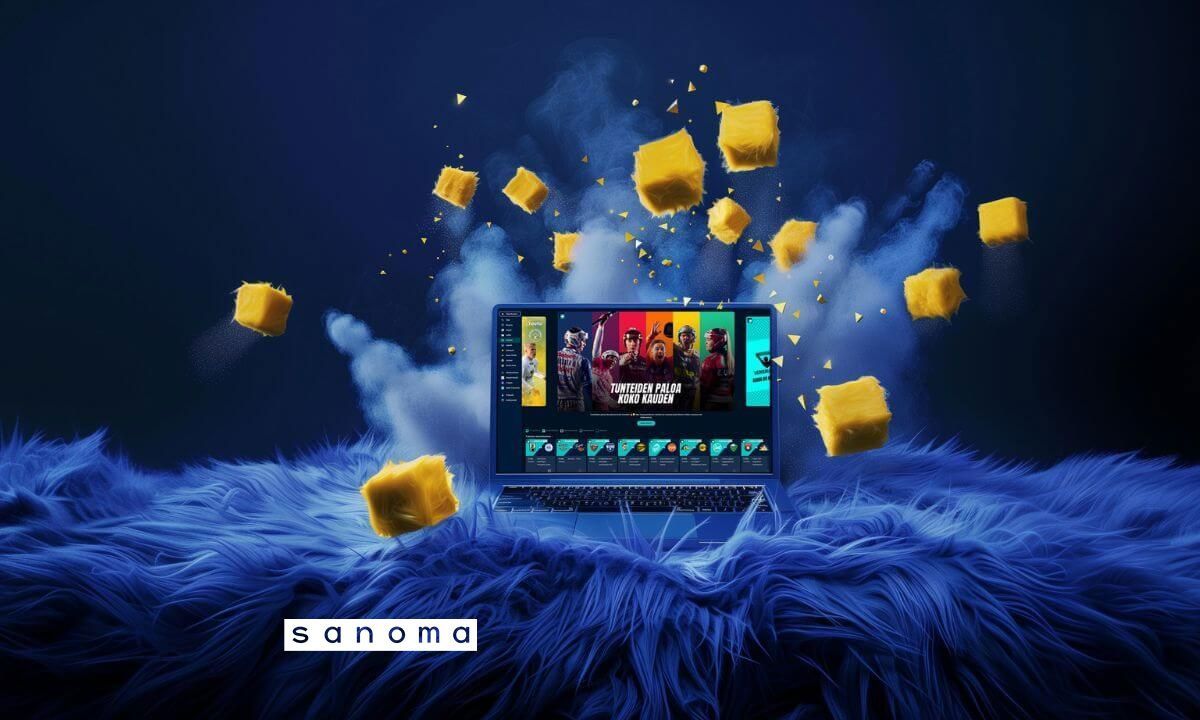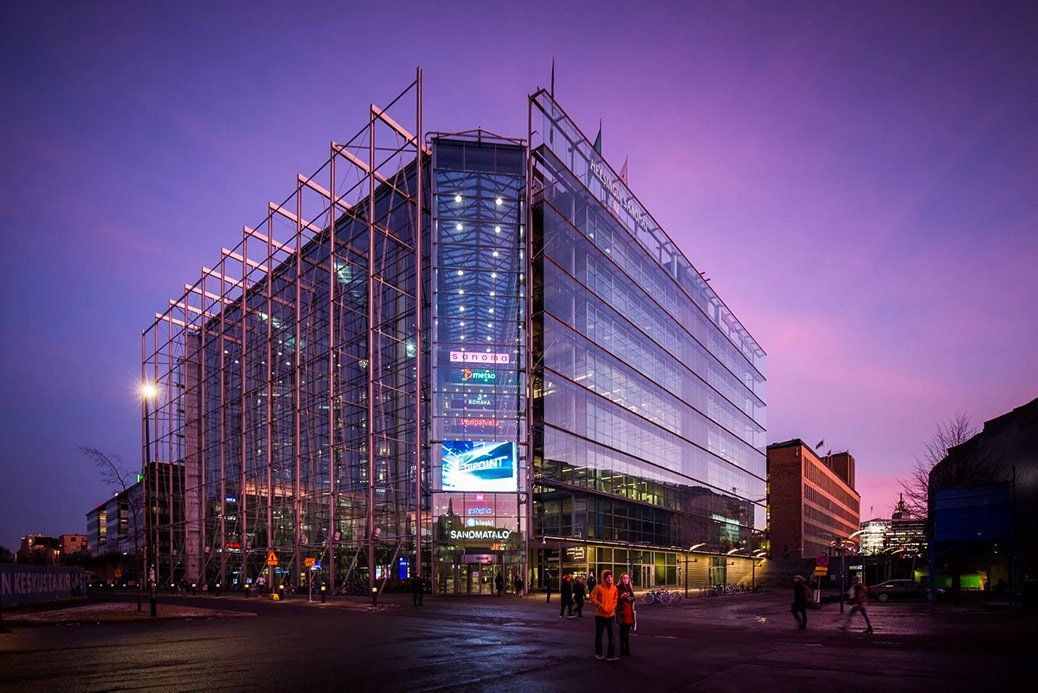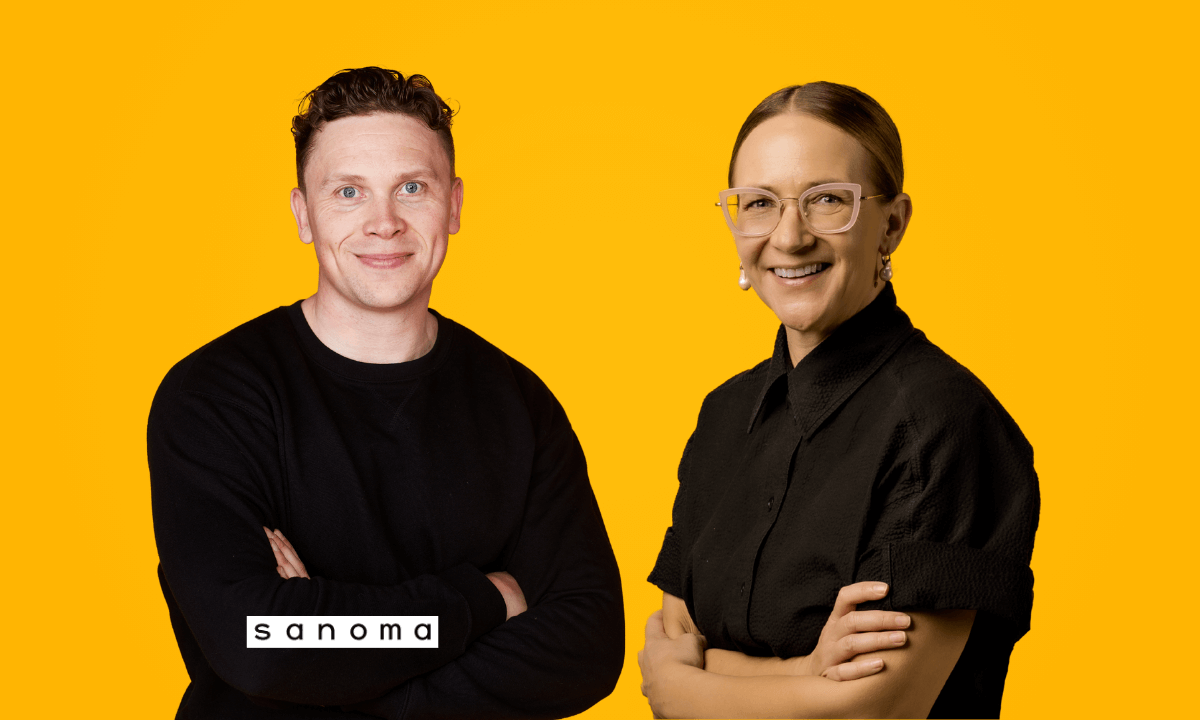TV and video advertising in 2025 – major trends to tap into
The world around us steers our consumption to an ever more digital direction, and TV and video advertising needs to stay on top of the changes. What are the trends to look out for and opportunities to seize in 2025?
Video Commercial Manager Tuomo Sinkkonen from Sanoma brings you the biggest talking points on the table right now to help you make informed decisions about your advertising next year.
Total TV places content above device
In the past, we watched TV. Today, it’s the content that matters, and the device we use to watch it is increasingly irrelevant.
“It’s about the viewer’s freedom to choose. Even in Finland, where traditional TV remains popular, it’s the show we concentrate on instead of the device or channel it runs on,” says Sinkkonen.
The goal of Sanoma’s programme acquisitions has, for some years now, been to reach viewers not only through linear TV but also on streaming platforms. This means choosing more programmes that, instead of depending on a specific moment, can be watched whenever.
Erikoisjoukot, one of the most popular programmes on TV channel Nelonen last spring, got a considerable amount of its views from streaming service Ruutu.
“There is a time and place for big live phenomena, but overall, we try to create a selection of programmes that can be watched throughout the week,” Sinkkonen illustrates.
Measure your campaign’s success accurately across platforms
In 2025, the fall of device-specific TV viewing will finally also be reflected in the way advertising campaigns are measured. Instead of having to combine metrics from different platforms and make estimates of overall numbers, SpotOn technology gives us accurate data on the actual reach of a campaign across platforms.
“We are entering a time where independence from specific devices is not just talk anymore, but a reality that can be measured. Next year, Sanoma will be sharing a lot of observations about measuring the reach of TV and Ruutu together”, Sinkkonen promises.
News media challenge social media in the race for video advertising
Social media tends to snatch a significant portion of marketing budgets – but this isn’t the only way to success or even the best one, claims Tuomo Sinkkonen.
News sites work very much like a social media feed: we scroll through, find things we are interested in, and are given ads to look at. However, we tend to scroll a news site a whopping 31 per cent slower, which makes it far likelier for us to see a video ad all the way through.
“My months-long analysis of digital news sites based on different data points shows that digital news media are a much more opportune environment for video advertising compared to social media. I’d be glad to see this reflected in the way marketing budgets are distributed,” says Sinkkonen.
Extra tips to stand out with your TV and video advertising in 2025
Choose your platform to fit both the marketing goals and the creative production. In addition to your objectives, the material you have on hand determines the best platform to use. Video material that works in social media is often a good fit for a news media, too, while TV or streaming platforms call for a more traditional story arc.
Go beyond the obvious when it comes to advertising on TV. An ad break has a dozen ads to get lost in, but with branded content within a show, you have the viewers’ full attention. Don’t get stuck on scripting only spot ads – think bigger!
“I’d love to see new and brilliant ideas within programme co-operations and how brands can be part of the programme content itself. I don’t think we’re anywhere close to the limit of the creative potential here,” Sinkkonen says.
Turn to a partner to stay on board the changes. Media companies have the responsibility to keep the fast-changing world of digital advertising accessible to advertisers.
“It’s unreasonable to think that an individual advertiser should be able to grasp everything that’s going on. It’s up to us to help you navigate the new possibilities and best practices,” Sinkkonen concludes.
Ready to plan a successful year of advertising?
Contact us!
Further Reading
Subscribe to our Newsletter
By submitting your email you agree that we may send you promotional emails and information about our services. You can unsubscribe any time. Check out our Privacy Policy.







